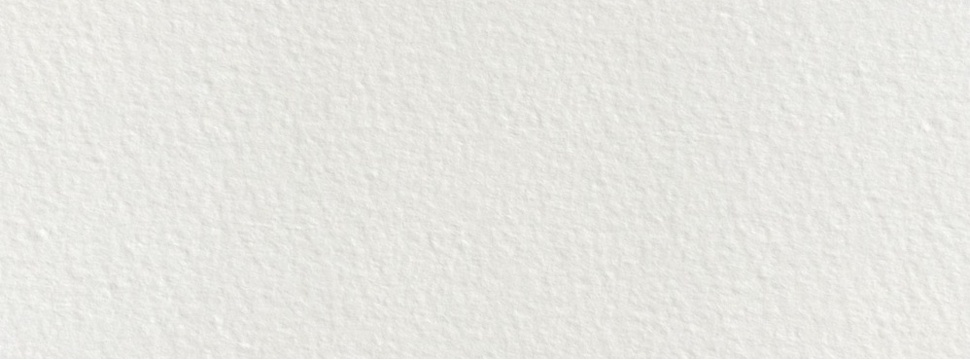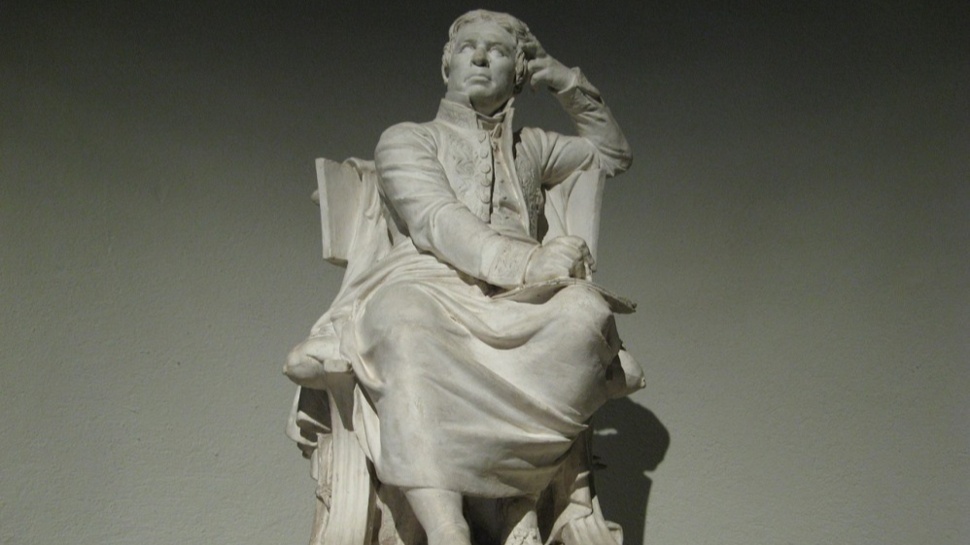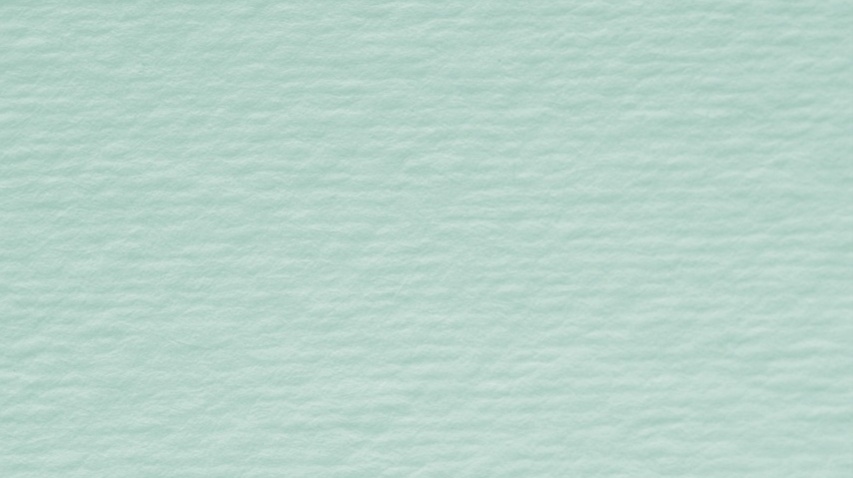Ingres Paper - The Drawing Paper for Artists with a Long Tradition
News General news
Ingres paper is a high-quality, slightly ribbed drawing and painting paper that is distinguished by its special properties and has long been valued by artists. But what makes this paper so special and what is it used for? Here you will learn everything worth knowing about the origin, properties and areas of application of Ingres paper.

The Origin of Ingres Paper
Ingres paper has a long tradition. It was named after the French painter Jean-Auguste-Dominique Ingres (1780-1867), who worked closely with the paper mills of Arches to develop a paper that met his high standards for a painting and drawing paper. The result was a handmade paper with a slightly grained, ribbed surface. Even today, high-quality Ingres paper is still made by hand according to this traditional method and is referred to as genuine deckle-edged Ingres paper.
Properties of Ingres Paper
Ingres paper is characterized by some special material properties:
• It is a long-fibered paper with a high rag content (cotton fibers). This makes it very durable and age-resistant.
• It is acid-free, neutrally sized and buffered. This ensures light fastness and prevents yellowing.
• The surface is slightly ribbed and semi-matte. This gives the paper a subtle, noble appearance.
• Ingres paper is available both handmade with deckle edges and machine-made in various weights (90-160 g/m2) and a wide range of colors from white to black and pastel shades.

Areas of Application for Ingres Paper
Ingres paper is ideally suited for many dry drawing and painting techniques such as:
• Pencil and charcoal drawings
• Pastel chalk and sanguine drawings
• Ink and pen drawings
• Watercolor painting (with appropriate weight)
Due to its matte surface, it is also a popular printing paper for artistic printing techniques such as wood and linocuts. However, it is not suitable for offset printing and only to a limited extent for copiers and laser printers.
In addition to its use for artistic purposes, Ingres paper is also popular as a high-quality cover, binding or endpaper for special books, albums and folders due to its noble appearance.

Environmental Aspects of Ingres Paper
Ingres paper consists mainly of cotton cellulose and pulp. For the production of cotton cellulose, textile waste is used, which is cleaned and processed. Compared to the production of pulp from wood, significantly fewer chemicals are required. Ingres paper is also completely recyclable and well suited for the production of high-quality recycled paper.
Advantages of Ingres Paper
In summary, Ingres paper offers many advantages:
• High-quality look and feel due to slightly ribbed surface
• Very good properties for dry drawing techniques
• High age resistance due to acid-free, durable material
• Wide selection of colors and weights for various applications
• Environmentally friendly through the use of cotton waste and good recyclability
Conclusion: Ingres Paper - Popular Paper in the Field of Art and Bookbinding
Due to its special properties and long tradition, Ingres paper is a valued painting and drawing paper for artists. It impresses with its high quality, age resistance and characteristic, slightly ribbed surface. The wide selection of colors and weights enables a variety of applications in the field of art and bookbinding. At the same time, it scores with good environmental compatibility. Ingres paper is thus the first choice for all those who value a noble, long-lasting paper with a special character.










